When I read Quill Goodman’s account of his Race to Alaska in 2015, I was amazed at how difficult the conditions were. He, Dylan, and Mitch were always working against headwinds and often sitting out storms. I’ve been up the Inside Passage twice, and my two experiences were so different from each other and from Quill’s that you wouldn’t guess it was the same place.
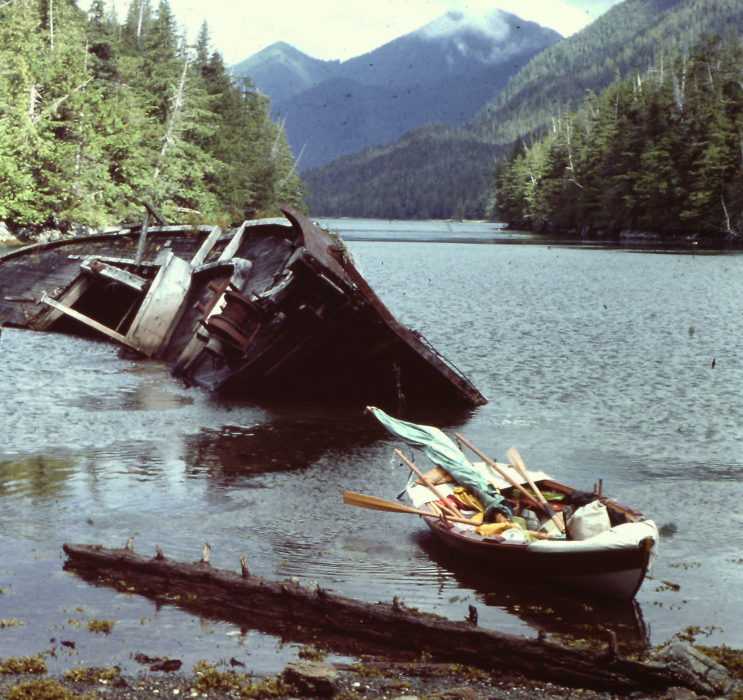
My first trip was gray and grim and I promised myself I’d never do the Inside Passage again.
In 1980 I rowed and sailed a 14′ Chamberlain dory skiff from Mukilteo, Washington, to Prince Rupert, British Columbia. I covered about 700 miles in a month, most of that by rowing. The weather was, with few exceptions, mild and I never stayed ashore to wait for favorable conditions. There was a lot of rain that year and some days were downright miserable. At the end of a wet day the palms of my hands would be saturated with water and almost completely white, looking more like cauliflower than human flesh. Before I could start dinner I had to dry my hands out over the camp stove to get them ready to do anything more refined than hook around an oar handle. My roll of toilet paper was protected in a Tupperware container that was only translucent but through it I could clearly see the black speckles of mildew. While I never sat out a storm, there was one that I should have. It crept up on me while I was on Gibson Island at the north end of Grenville Chanel. I’d been taking advantage of a rare southerly to do some sailing, and stopped on the north side of the island to have lunch and scandalize the sprit mainsail. The wind had been brisk, and with a 3-mile crossing ahead, I thought reducing sail would be prudent. I rowed out of the glassy water in the lee of the island, and the wind suddenly hit the sails like a sledgehammer. It was instantly blowing a near gale and I had to sit on the transom to keep the bow from plowing under. I didn’t dare go forward to cast off the sheets—I’d cleated the main while I was rowing. I held on and hoped I’d survive the crossing. I did and took a picture of myself upon landing, one of several I took during my lowest moments on the trip, as a reminder to never to row the Inside Passage again. The next day I rowed to Prince Rupert and called it quits.
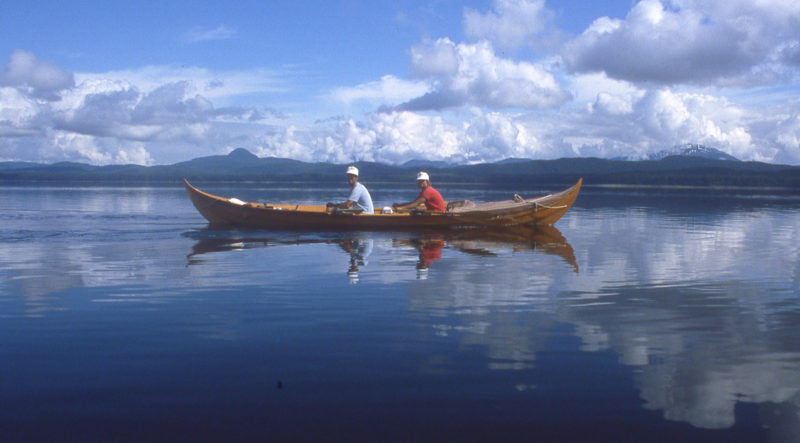
My second trip was a walk in the park with fair winds and sunny skies.
In 1987 I did the Inside Passage again, from Anacortes, Washington, to Juneau Alaska. I’d built a 21′ replica of the Gokstad faering for the trip, and my then wife and I had an easy time covering 1,000 miles in eight weeks. Only four days of rain interrupted the sunny days. Warm and very pleasant following winds, “dry sou’easters” as they were called, gave us many opportunities to raise the square sail and relax under clear skies as the miles slipped by. With the calm conditions we had a wide choice of anchorages and never had to negotiate breaking waves to get ashore. The only damage to the boat in the entire trip were scratches in the varnish, one from nicking a dock in the Powell River marina, and the other from sliding the boat off the tram into Oliver Inlet after making the portage by rail at Admiralty Island. The worst part of the trip was a toothache that forced us to stop a couple of days in Nanaimo while I got a root canal.
As I write this, the winner of the 2016 R2AK is already in Ketchikan, having sailed the Inside Passage from Port Townsend in 3 days, 20 hours and 13 minutes, beating last year’s winning time by more than a full day. A lot of the Inside Passage quickly slips by at that pace. We’ll have to wait to see who comes in last this year. If that team’s experience has been anything like Quill’s, that’s the story I want to hear.![]()
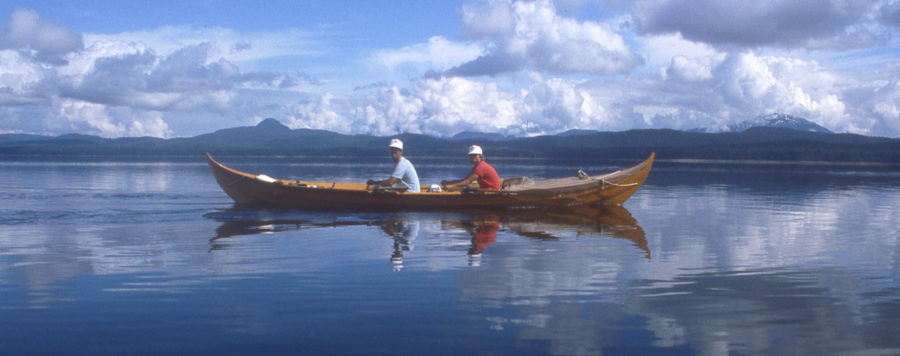
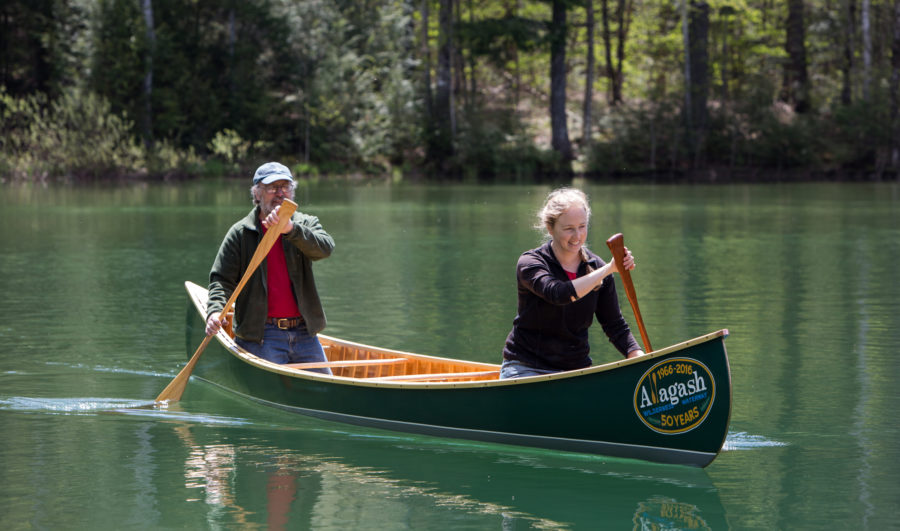
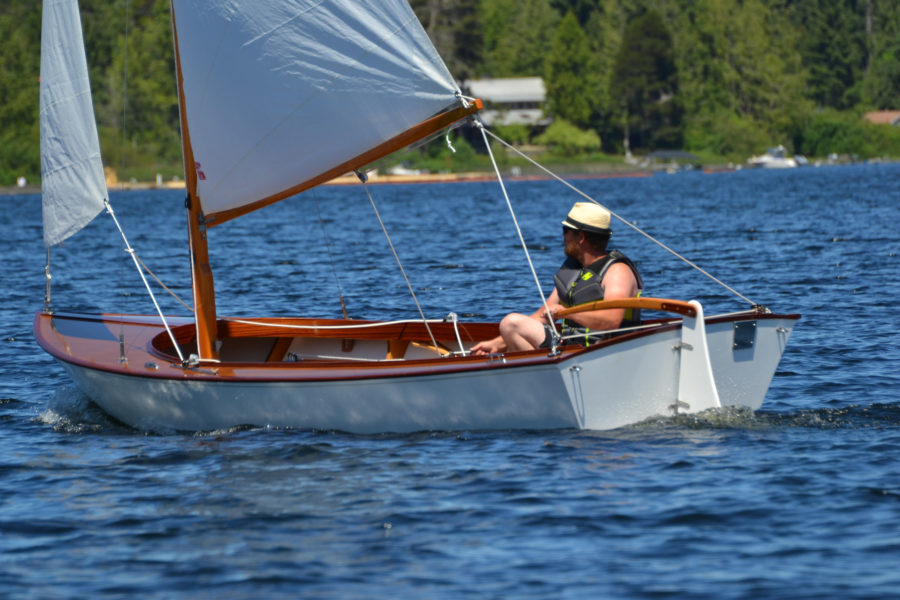
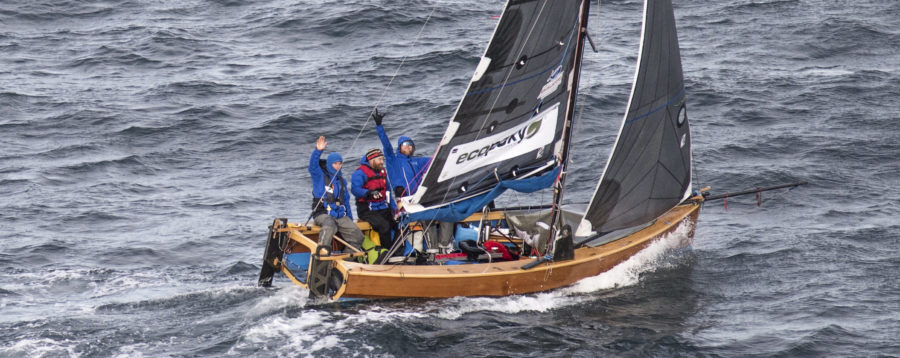
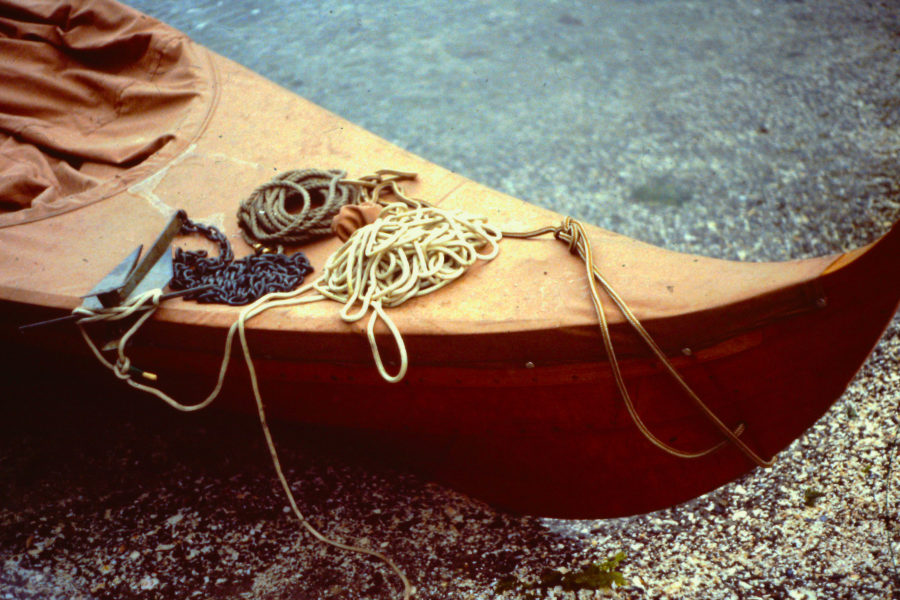
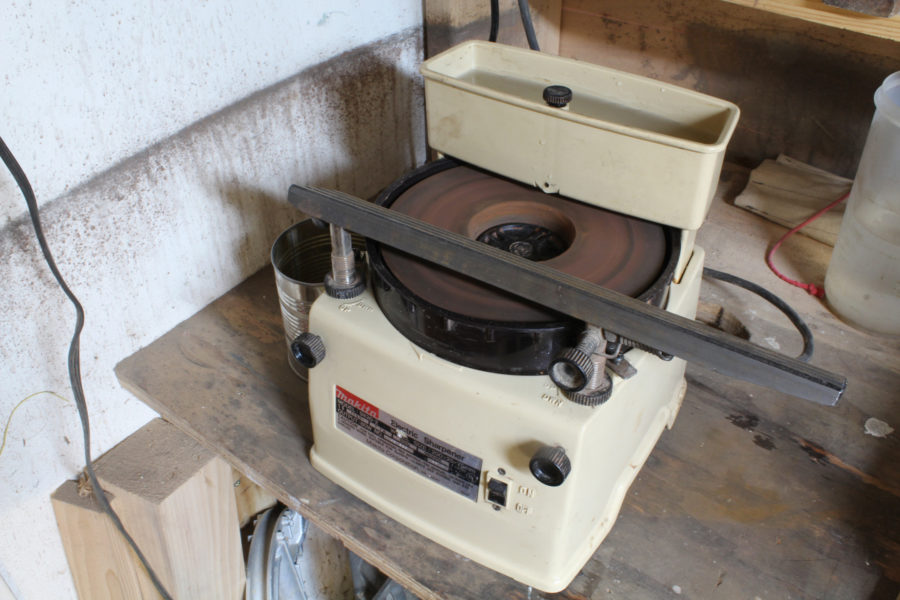
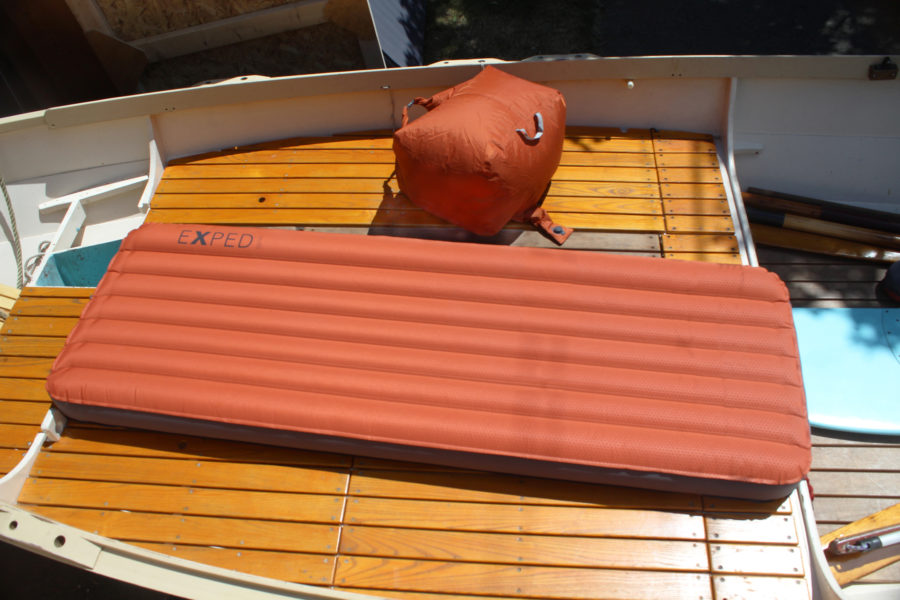
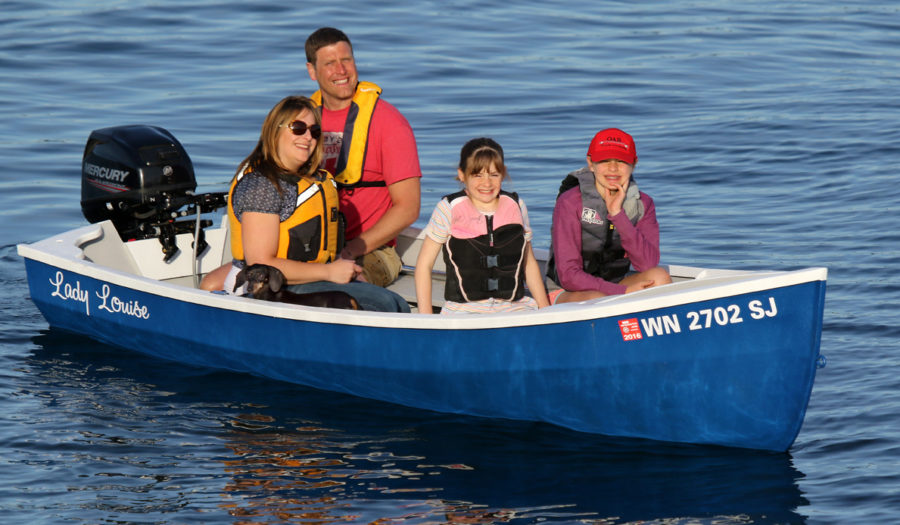
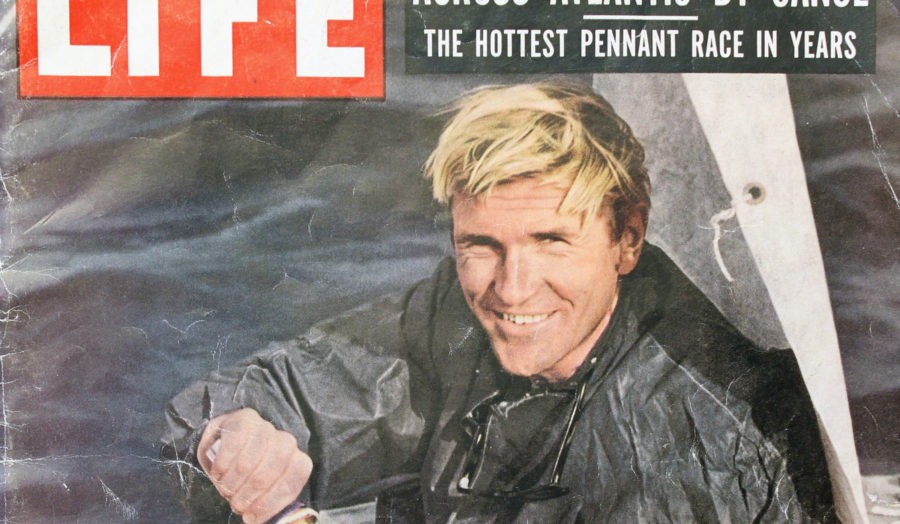

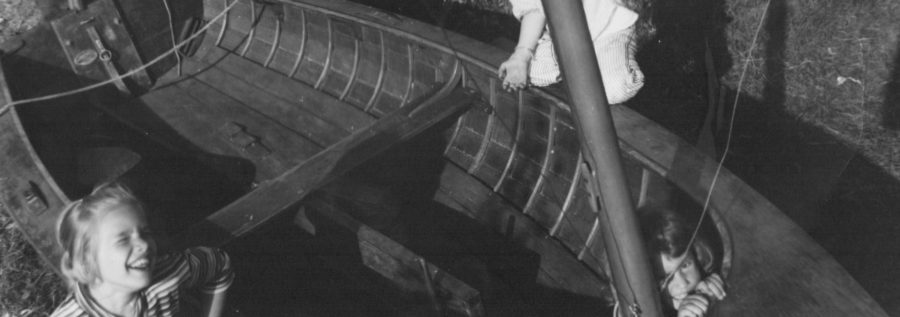
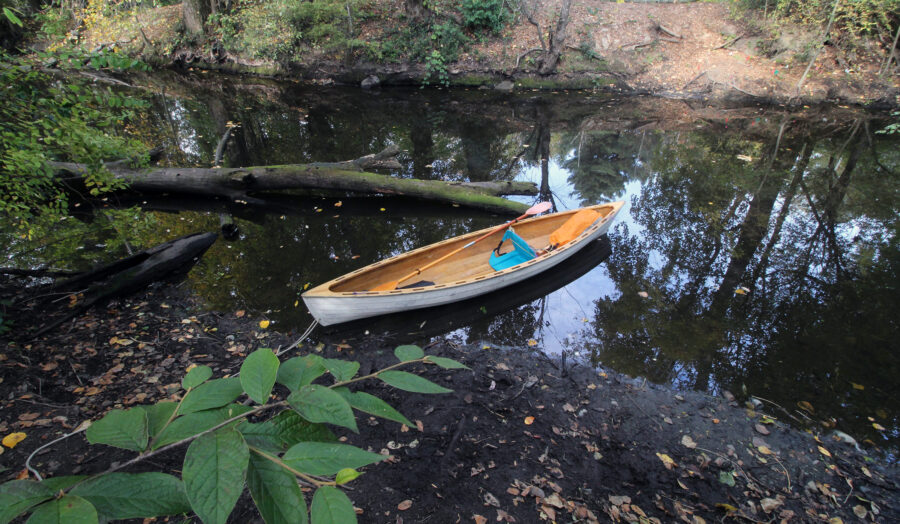
Read your story. Would it be sensible to row from north to south? Did you sleep on your boat or go a shore?
There have been quite a few boaters who have done the Inside Passage from north to south. If you get a sunny summer with clear skies, the winds will usually be coming out of the northwest and in your favor. A rainy summer will be working against you with winds coming from the southwest.
On both of my trips I started out camping ashore and near the north end of the Strait of Georgia started sleeping in the boat. Flat ground for tents was less common and I preferred be on the water where I had some distance from bugs and bears.